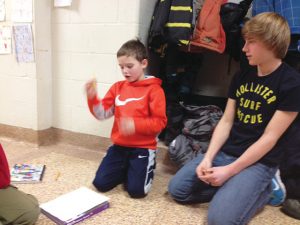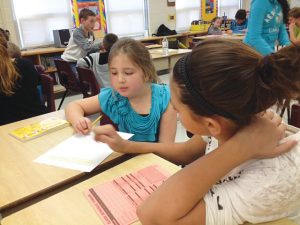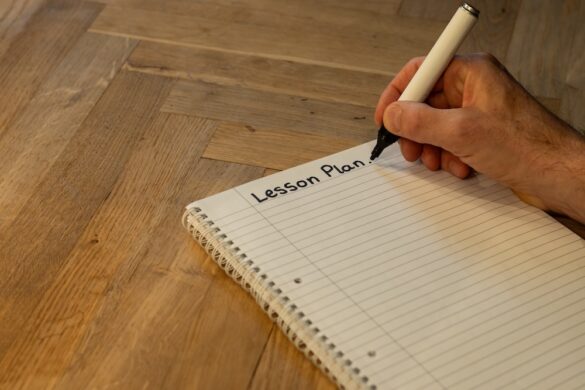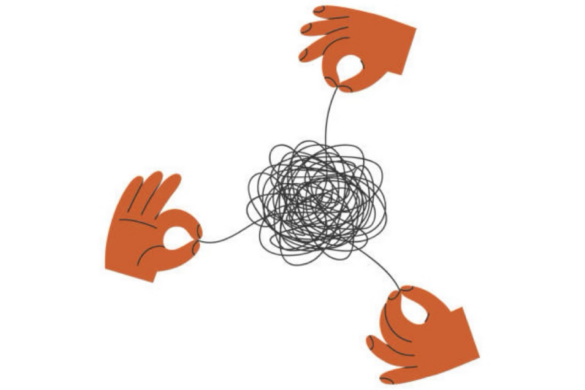I have witnessed students who excel at most things mathematical but collapse in anxiety over how to solve a word problem. Words and numbers mixed together in a mathematical question often result in headaches for students and teachers. How do you teach problem solving effectively?
In my experience, a simple three-step method for students to follow is best introduced in the first week of school. There are variations of three-step plans but one I received from a colleague that I modified into I.C.E. worked the best for my students. I taught them to focus on the Important Information, complete their Calculations and End with a Sentence. My students then had a method of attack for problem solving; the only thing left was to work on some word problems.

Through our school board, the Catholic District School Board of Eastern Ontario, each school has a position called the DI (Differentiated Instruction) coach who works with teachers in co-teaching or planning in Language or Math. Our DI coach, Jenne Nalon, was also the grade 7/8 teacher in my school, and she had a solution to my problem. Jenne suggested that we partner up our students as Math Buddies. If you walk into any school you will likely see intermediate students reading with primary students. Reading buddies is simple and a great benefit to all students. It works in reading, why not in math?
Together we made a plan to establish one period a week in which my students would come to Jenne’s grade 7/8 class and partner up to solve a word problem. I would supply the word problem, and the grade 7/8 students would act as a sounding board for my students as they worked to find the solution. The grade 7/8 students would not tell my grade 3/4s how to solve the problem or do the work, they would simply suggest ideas and ask and answer questions.

The knowledge that my students gained through collaboration was beneficial to their academic results as well as their personal feelings towards math. Both the grade3/4s and 7/8s no longer feared problem solving and were excited about our Wednesday afternoon math sessions.
Bill Gowsell
Bill Gowsell teaches grade six in Ontario.
This article is from Canadian Teacher Magazine’s Nov/Dec 2013 issue.




